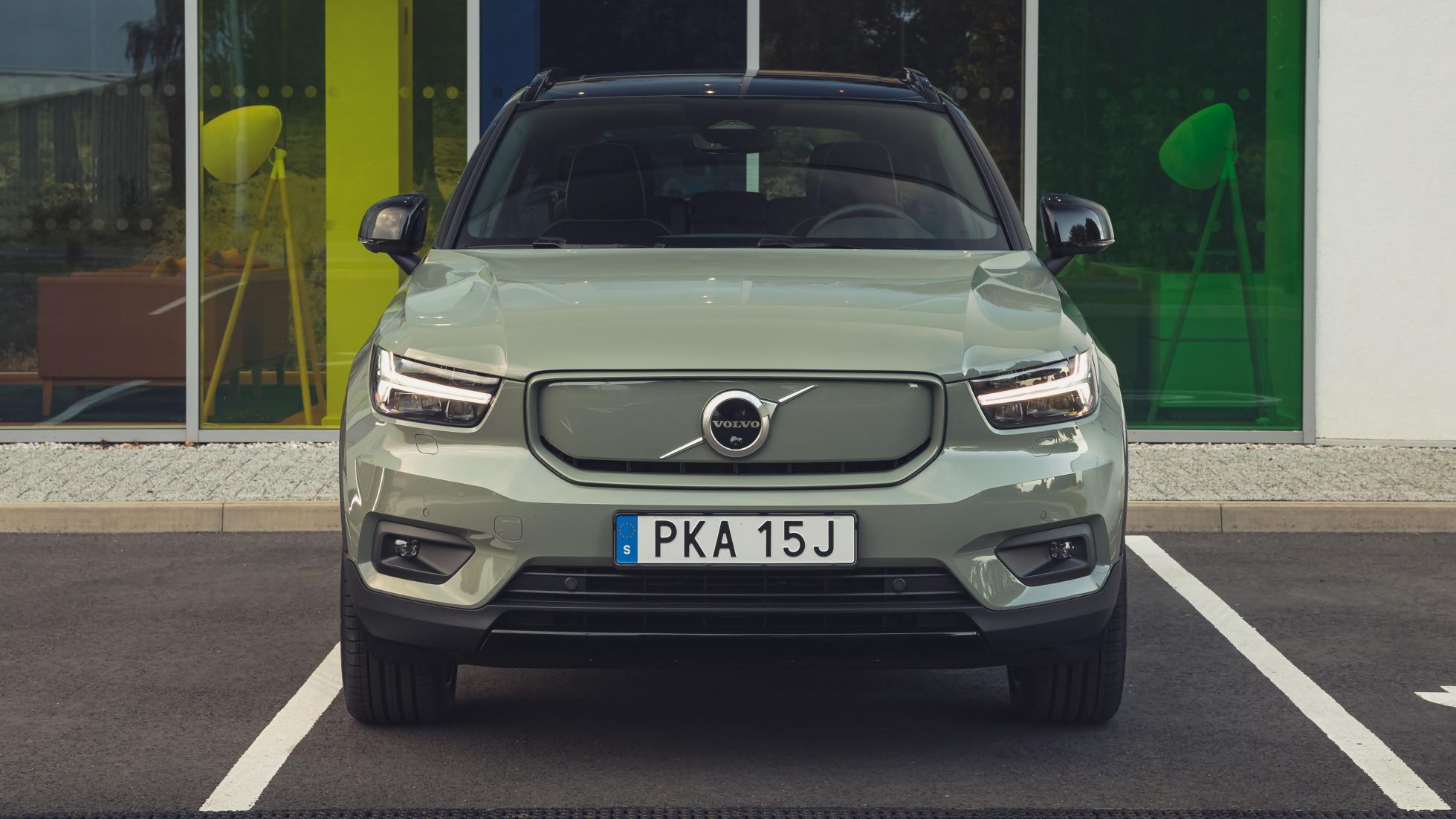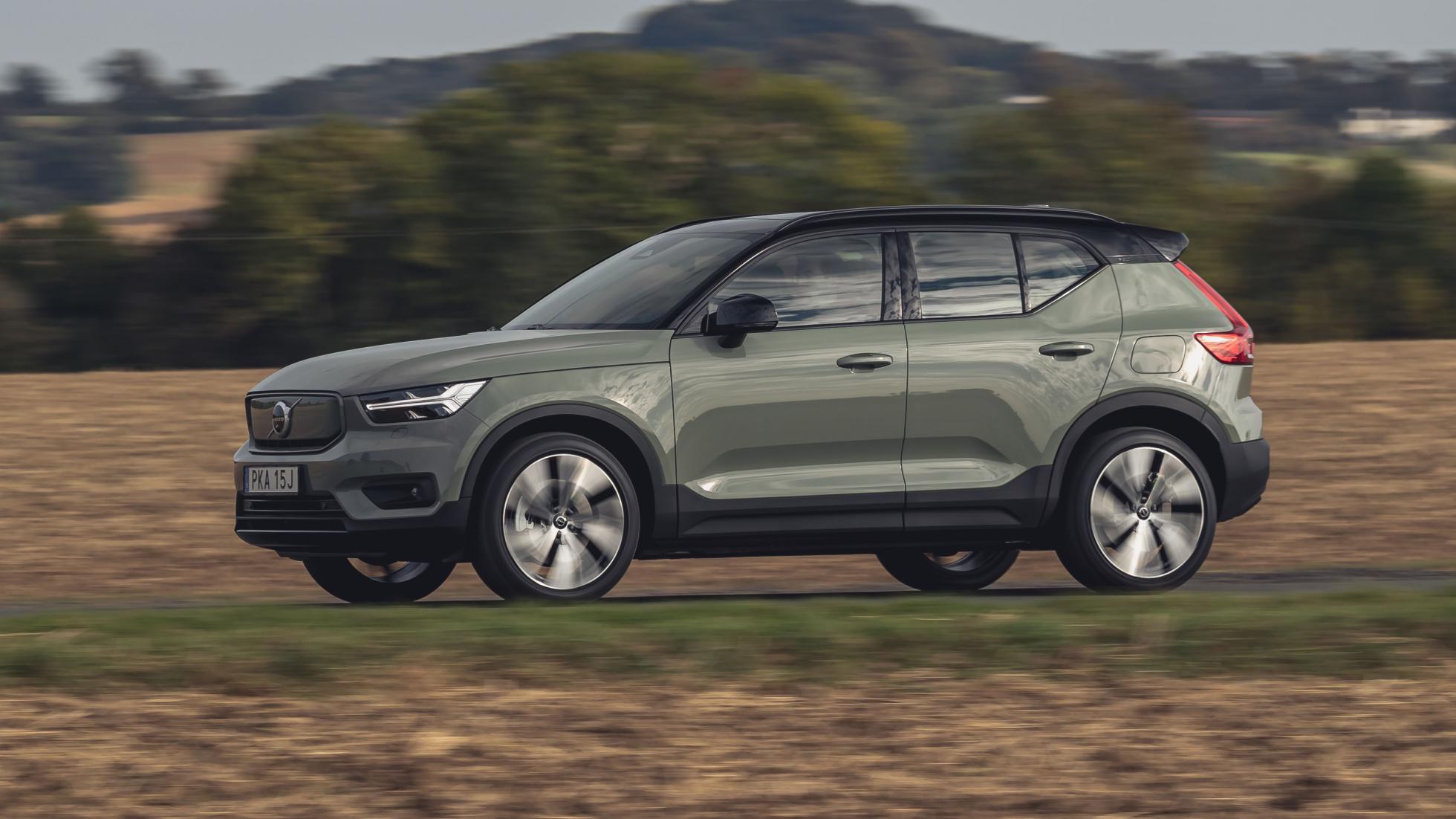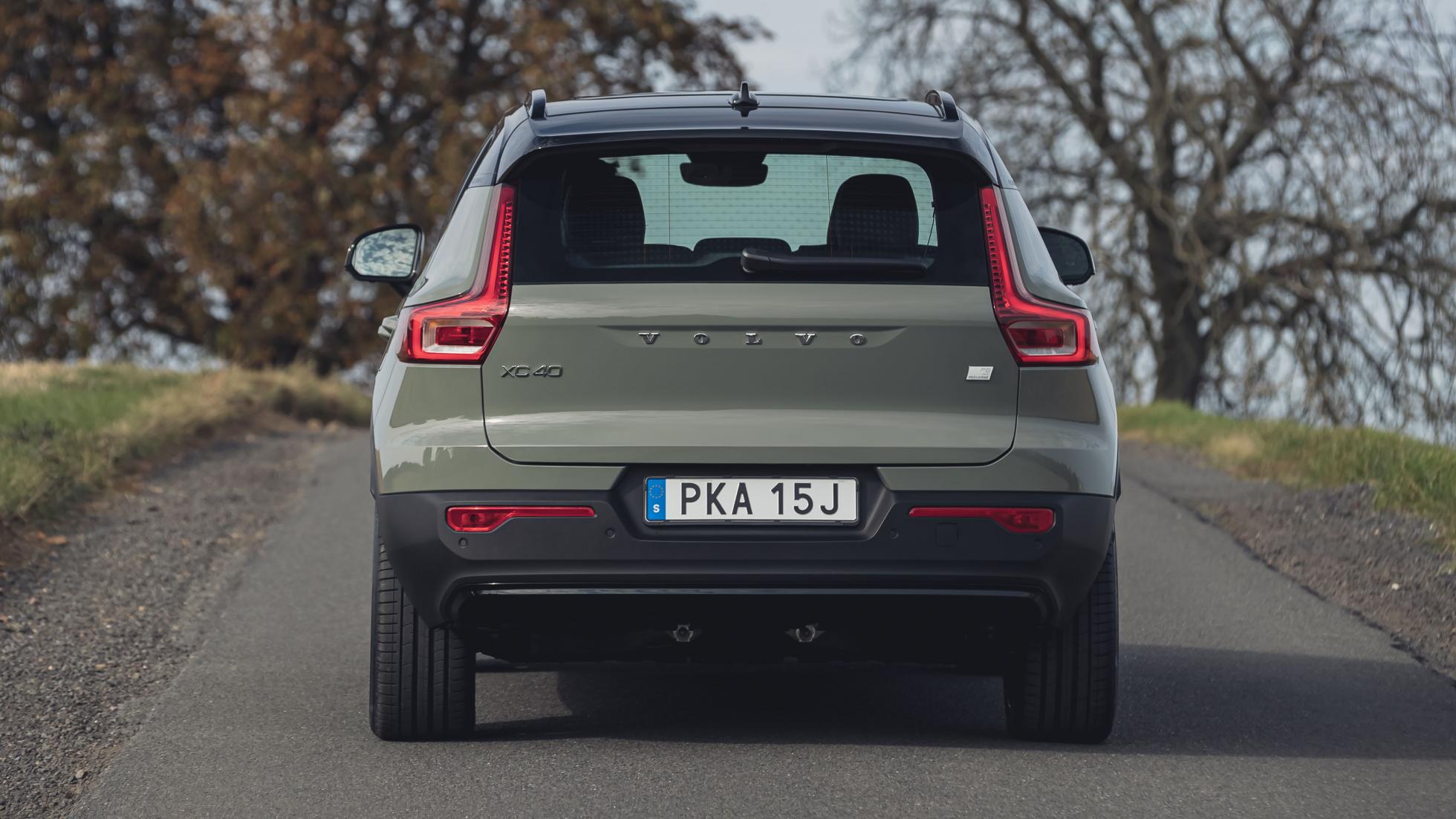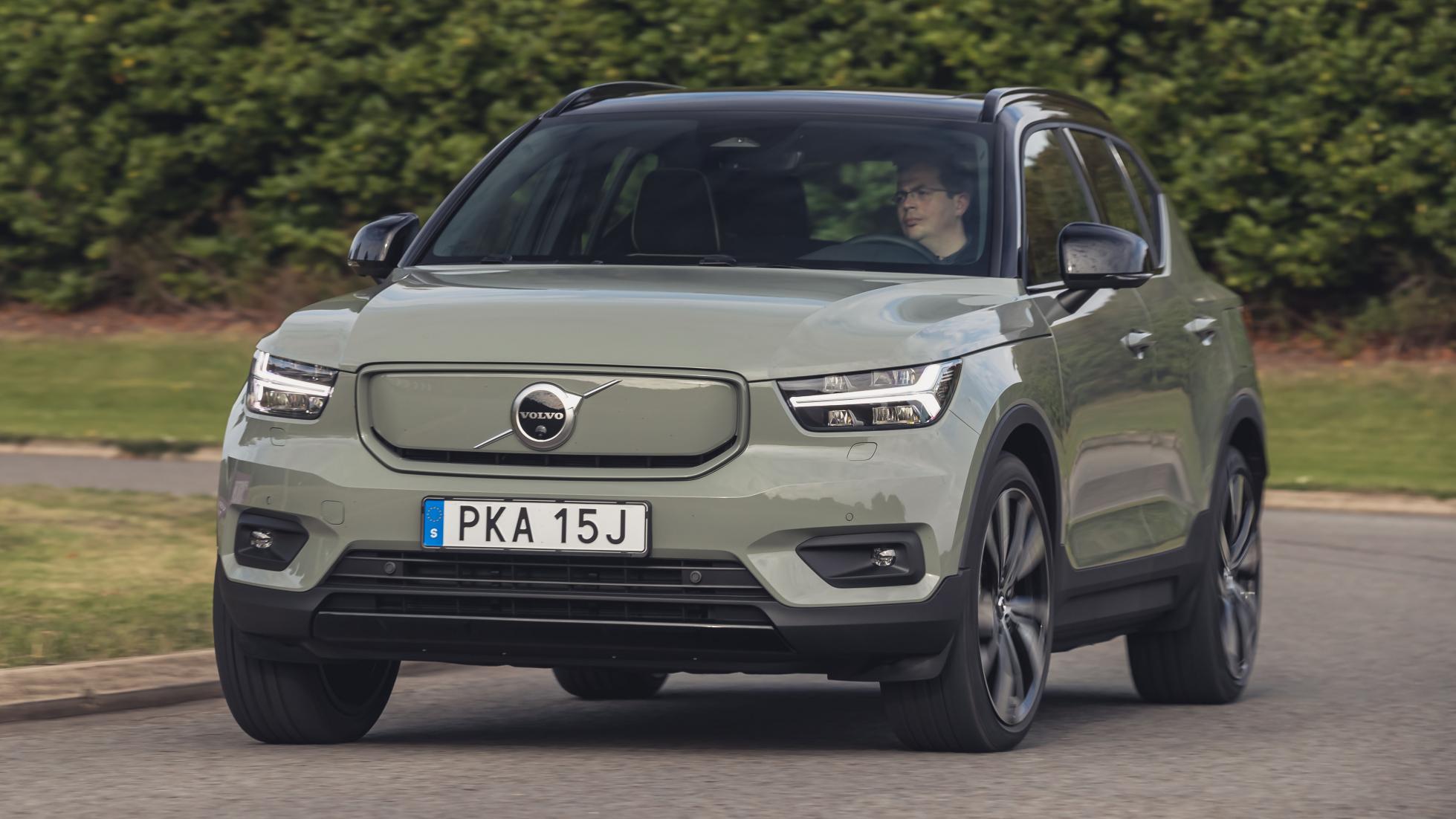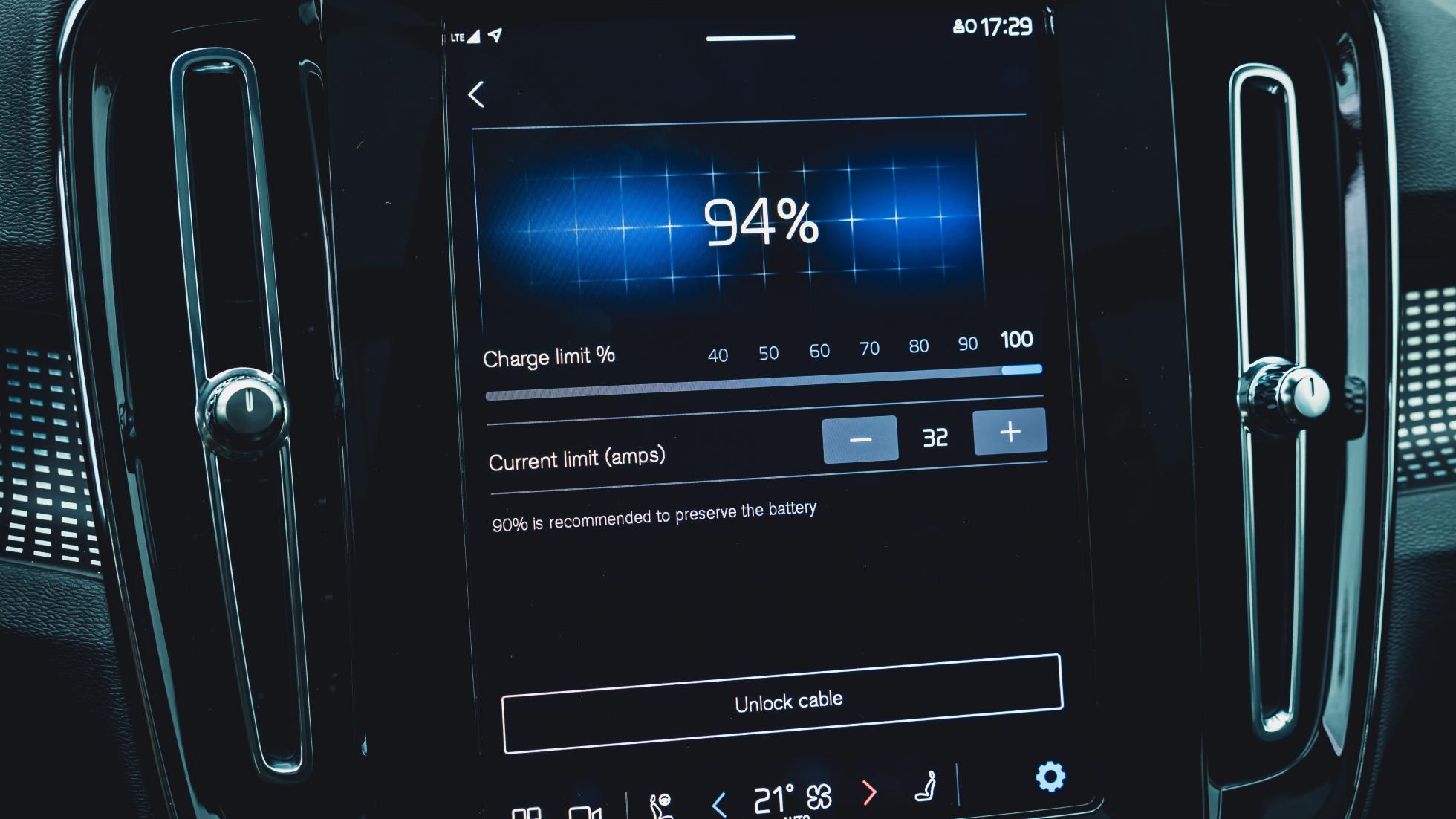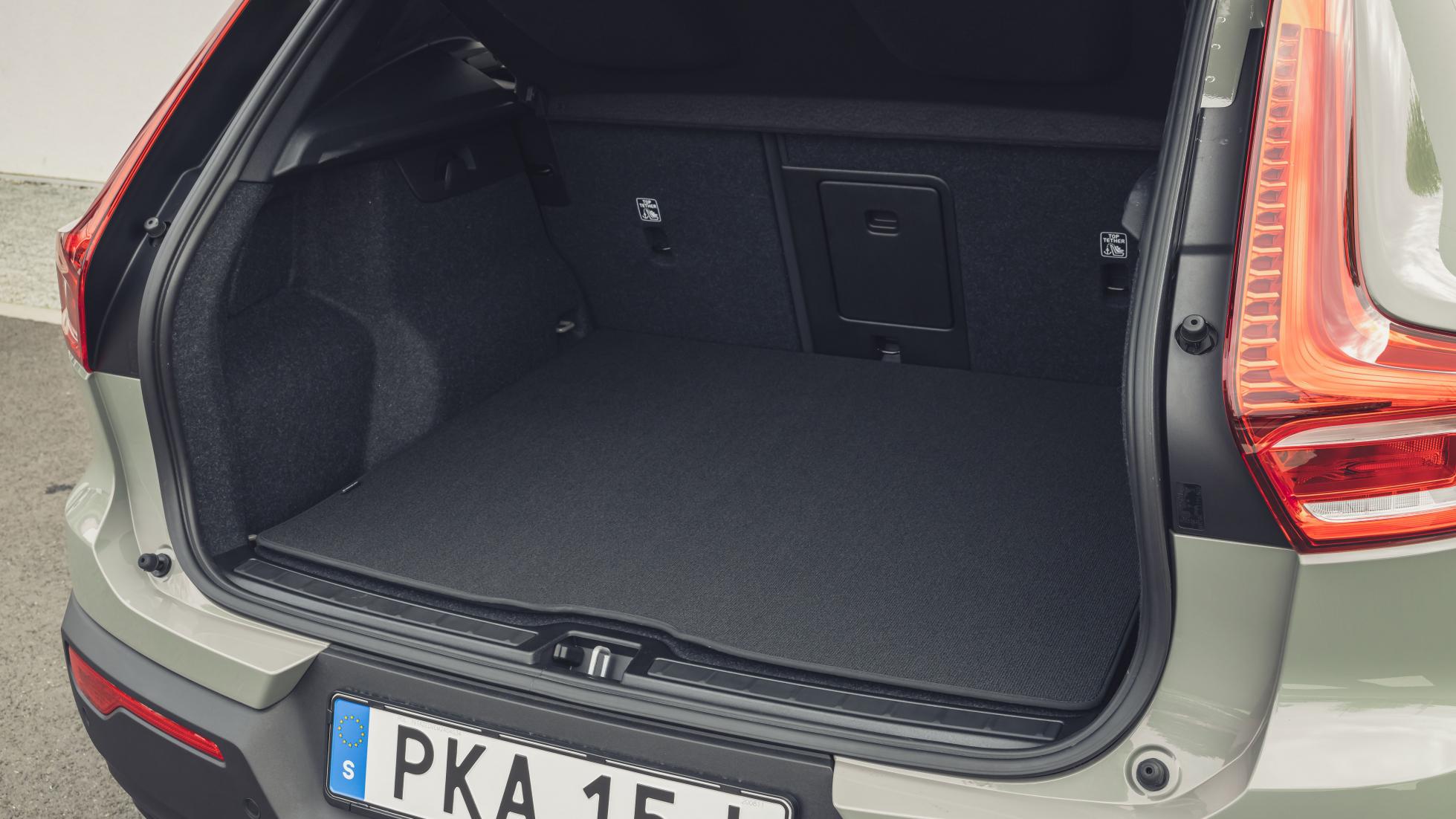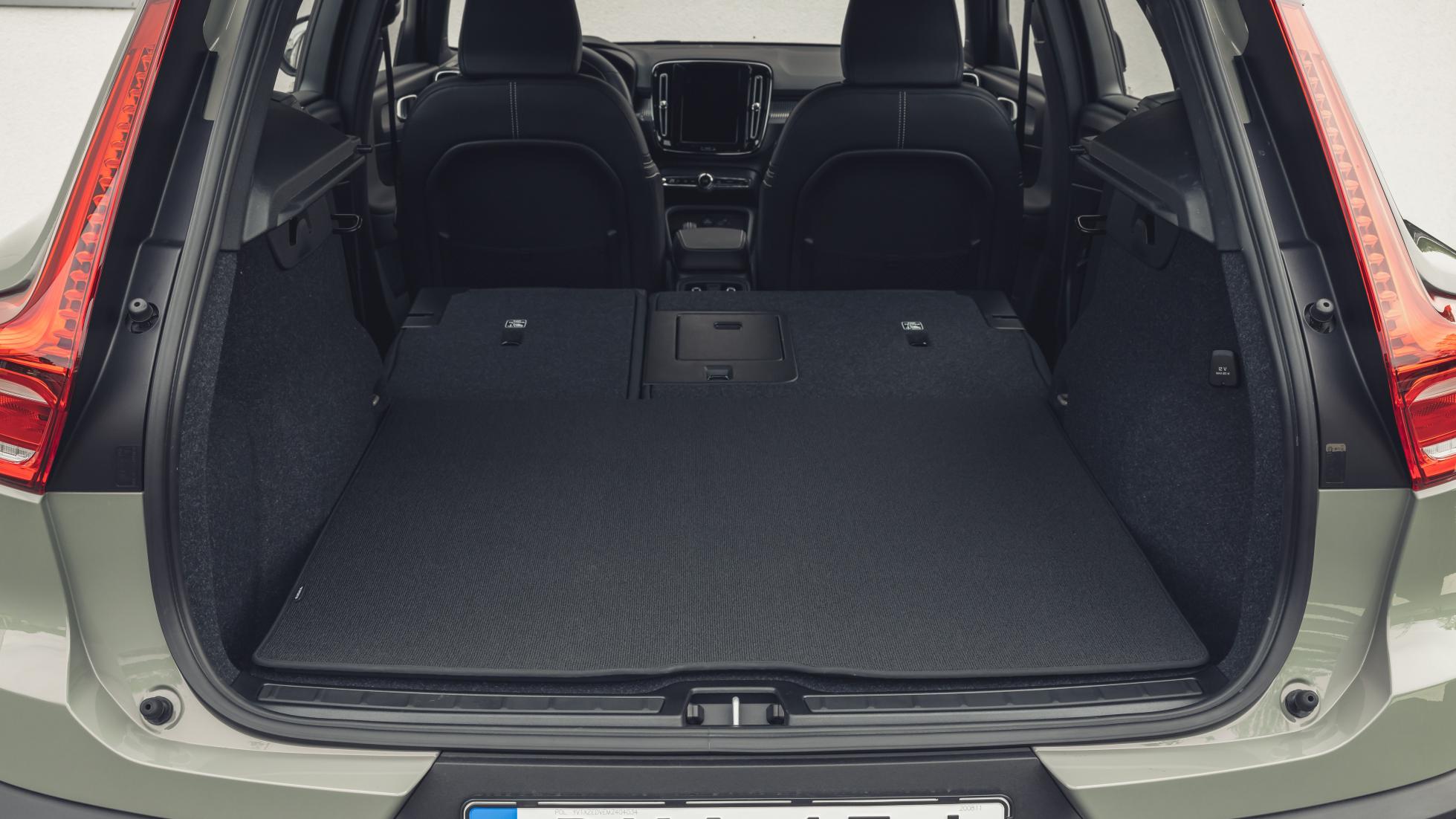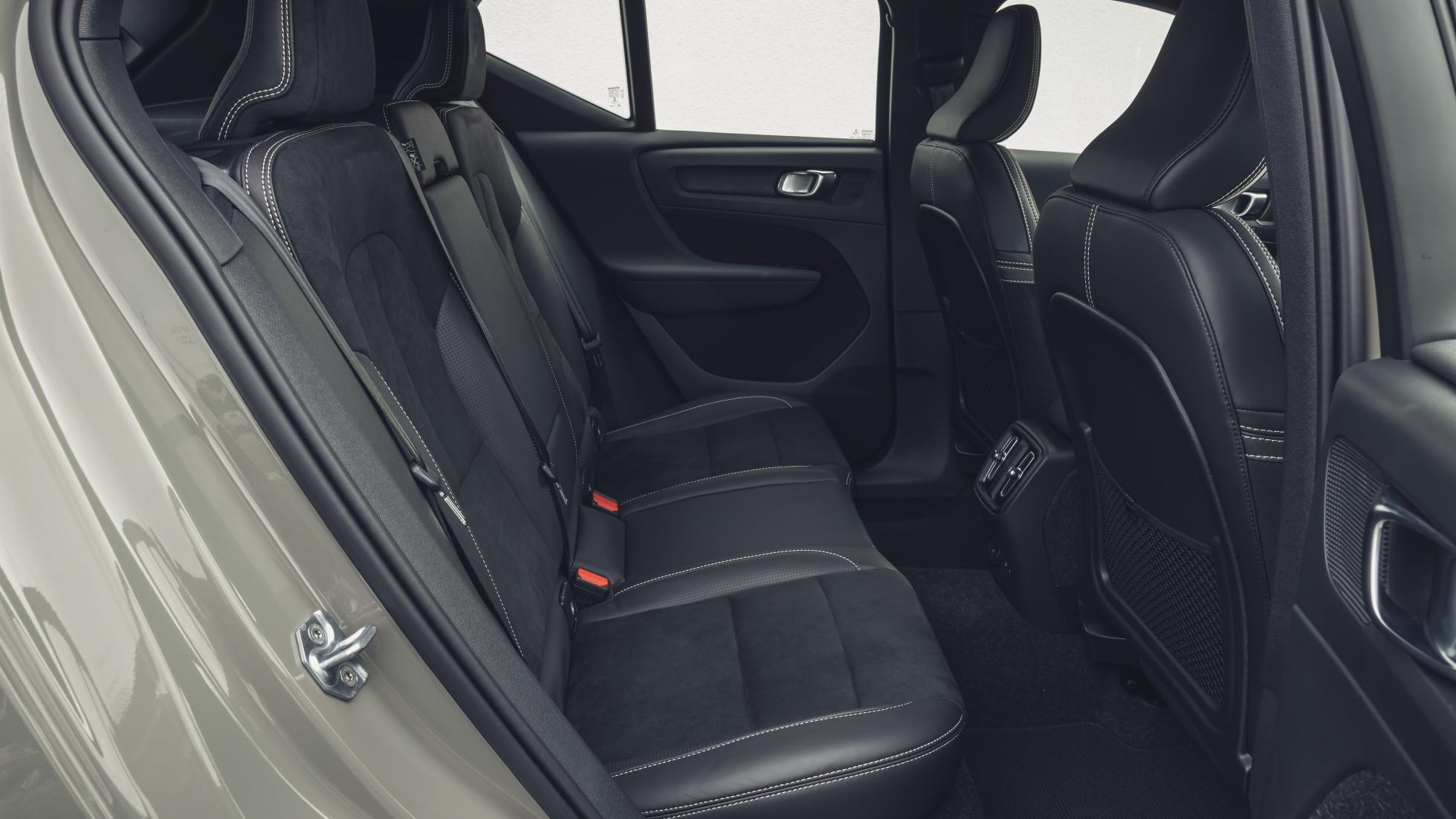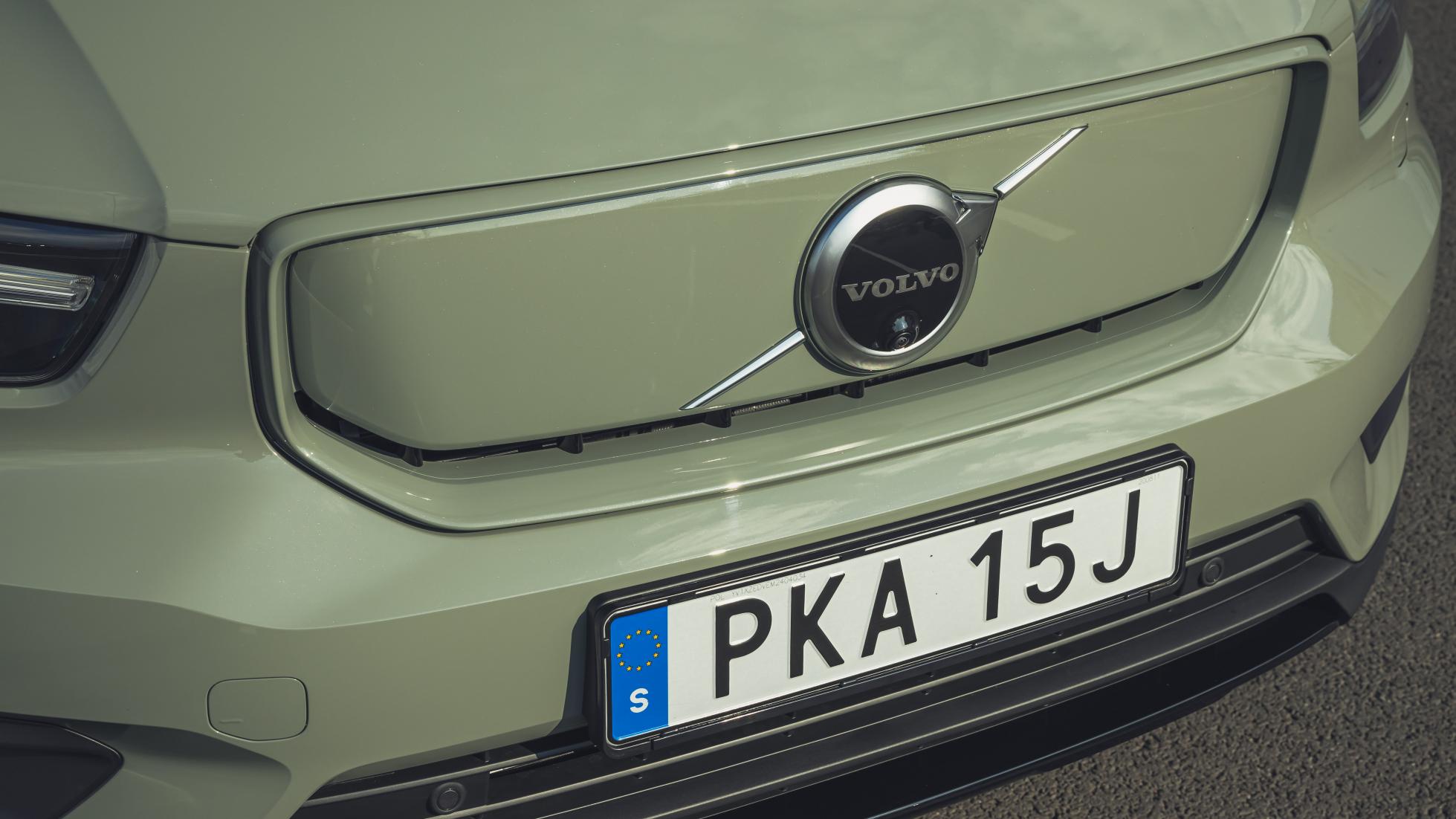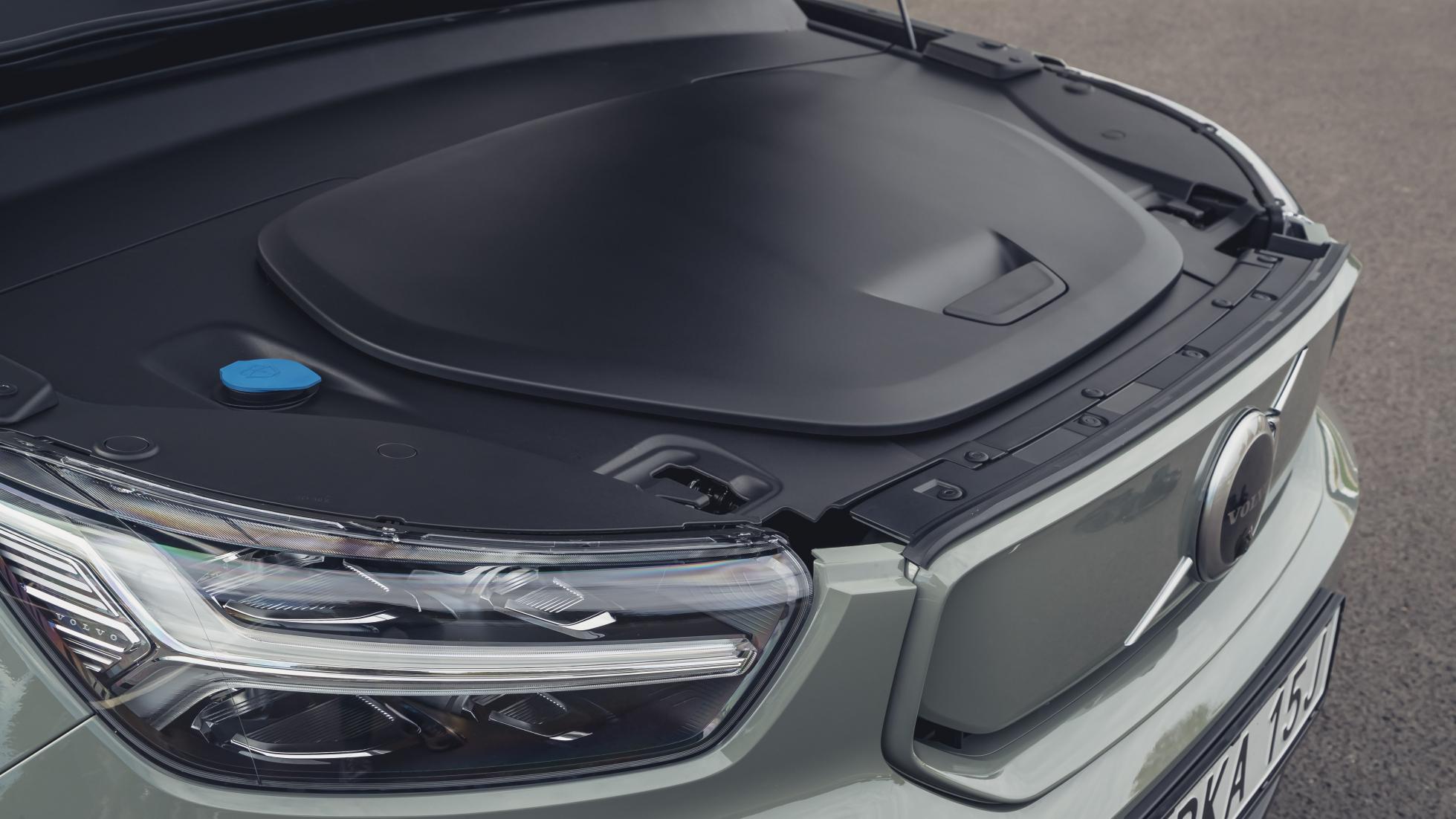OVERVIEW - What is it?
How busy is this sector? Sure, we’ll most likely remember 2020 for another reason, but in terms of the pure electric vehicle reaching critical mass, well this is the year things got real. Especially for crossovers, the de facto family car of the era. Now here comes Volvo’s first fully electric offering, a car whose full name is too long to fit on its attractively undulating tail-gate. The XC40 Recharge Pure Electric P8 is on sale now, priced from a hearty £53,155, and tasked with persuading still wavering punters into its thoughtfully trimmed Scandi-cabin rather than that of a BMW iX3, DS E-Tense, (Ford) Mustang Mach E, Jaguar I Pace, Tesla Model Y or VW ID4 (OK, some of those haven’t landed just yet, but you can see how dramatically the landscape has changed).
With its Polestar spin-off doing a different sort of job, Volvo’s Recharge is the company’s sub-brand, one that will encompass all of its hybrid or fully electric cars. CEO Hakån Samuelsson reckons electric vehicles will account for 50 per cent of Volvo’s sales volumes by 2025, and the company is also aiming to reduce its life-cycle carbon footprint per vehicle by 40 per cent by the same year. It wants to be climate neutral by 2040.
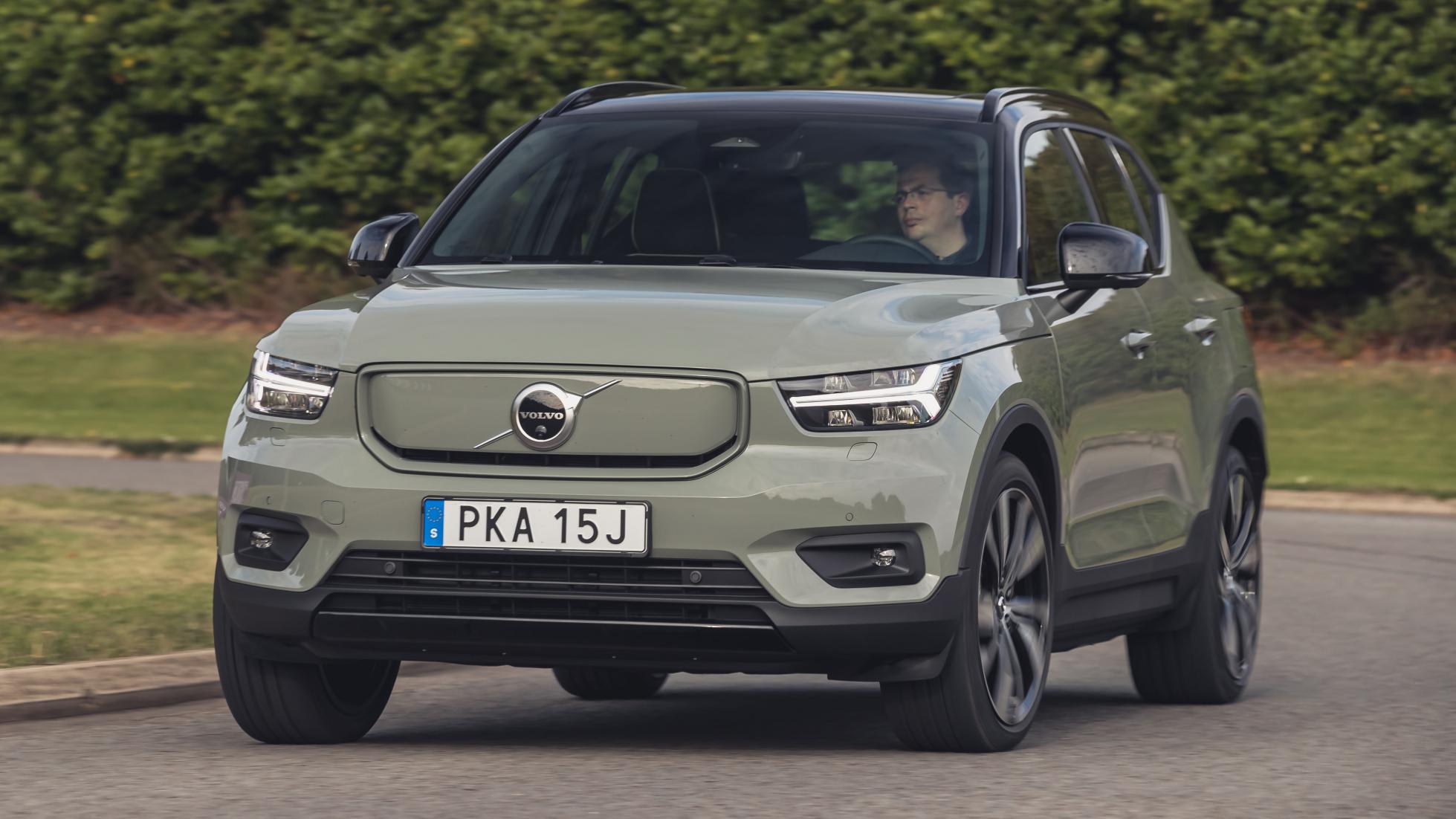
The XC40 P8 looks identical to its ICE and PHEV brothers, bar the now obligatory blanked-off body colour grille and Recharge branding on the C-pillar. The charging port is on the nearside front wing, there’s a bespoke alloy wheel design, and some new exterior colours including a green that has an inappropriately militaristic overtone. (The XC40’s exterior, as an aside, is the work of British designer Ian Kettle, who was lured away to Tesla not long after its reveal.) Underneath is the same Common Modular Architecture (CMA) that underpins the Polestar 2, various Lynk&Co models, and the Geely Xingyue (new to us, too). Importantly, it was conceived to accept an electric powertrain so the XC40’s functionality is uncorrupted. The P8 is powered by a 78kWh lithium ion battery pack mounted under the floor, that feeds two electric motors, with one on each axle to provide all-wheel drive. Power output is 402bhp, torque an outrageous 660Nm, which in turn translates to a decidedly un-Volvo-ish turn of speed: not many cars in the Swedes’ wonderfully idiosycratic canon have made it to 100kph in less than five seconds.
Volvo claims a WLTP range of 260 miles (418km) on a single charge, and hooked up to a 150kW rapid charger you’ll get to 80 per cent of that in around 40 minutes. On a standard domestic 7-11kW wall point charger you’re looking at eight hours.
If this all sounds similar to the numbers quoted for the excellent Polestar 2, that’s because the hardware is identical. Which in turn is a reminder that the challenge in the rapidly evolving EV world is to create something that’s notably greater than the sum of its parts. Design, connectivity, ease of use and quality all become more significant than ever. Volvo has a head start in all four categories already with the regular XC40. How much better can a fully electric iteration be?
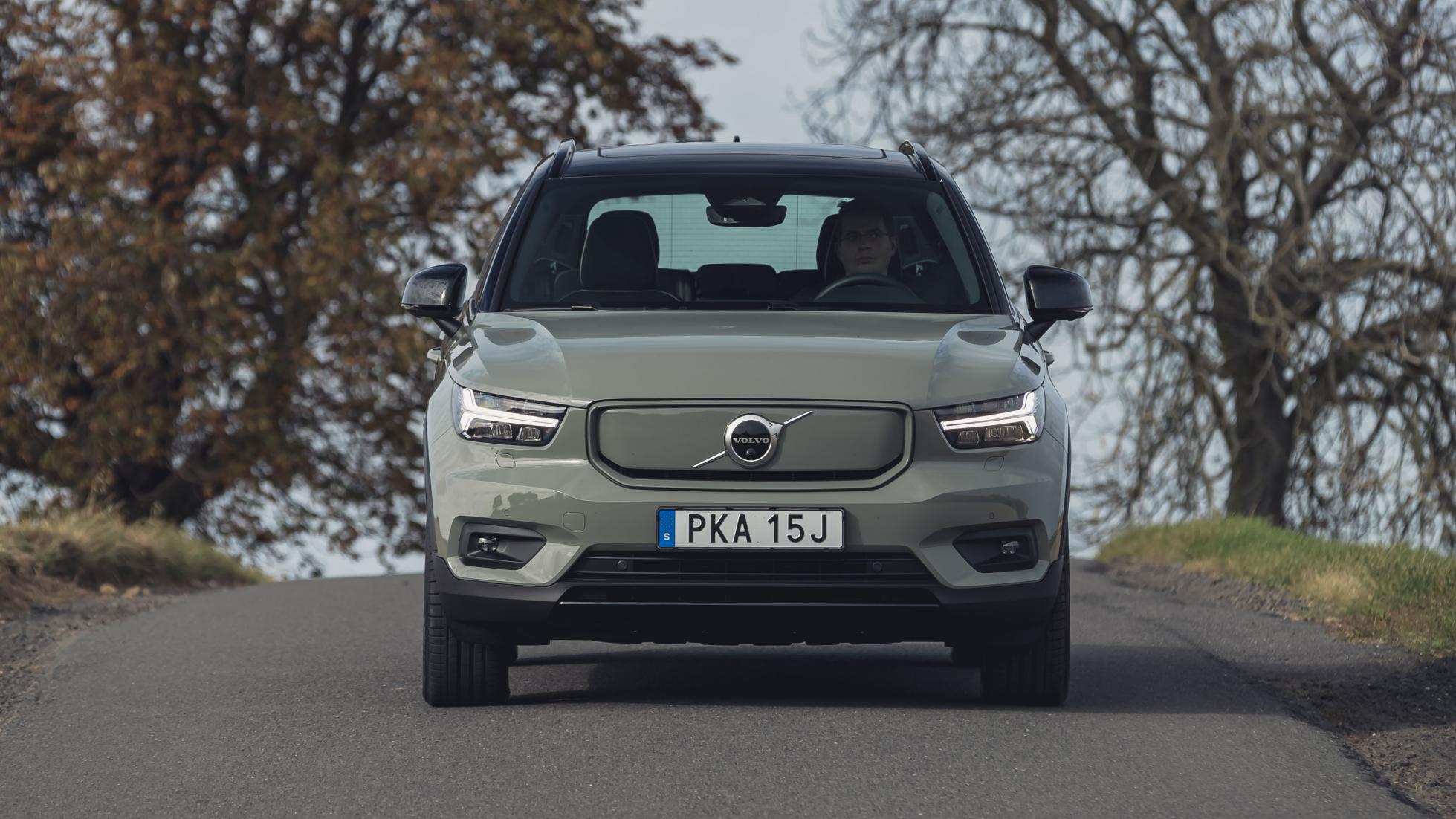
DRIVING - What is it like on the road?
The P8 asks you to make a few mental readjustments. This might be the smallest Volvo but it weighs 2,220kg (100kg more than the Polestar 2, fully half a tonne more than the equivalent ICE XC40). This is one of the paradoxes you simply have to live with if you want zero emissions electric propulsion: batteries are damned heavy. Beyond that, however, what we have here is nothing less than the most dynamically capable Volvo ever. Seriously.

Sure, 487 torques fired to the road via all four wheels is guaranteed to raise a smile, but even increased familiarity with the wicked side of electrification doesn’t diminish the wow factor. (For the record, I remember the Nineties 850 T5, which begat the funniest touring car of all time. The road car was too busy incinerating its front tyres to actually move forward.) So yes, the XC40 P8 is deliciously rapid.
But again, as with its Polestar cousin it’s also well-mannered with it, sling-shotting you out of corners or exiting roundabouts in a way that really is as amusing as it is addictive. Better than that, though, is the control it displays, both in terms of managing its considerable weight but also in terms of traction. Only on the greasiest of second gear corners (in old money, this thing doesn’t have conventional gears) does it come unstuck. The rest of the time it just flings itself up the road with abandon. Or doesn’t, if you prefer to drive in a more sensible and stereotypically Swedish manner.
At which point you’ll notice how beautifully damped it is, how well-resolved its ride quality overall is, and the entirely grown-up manner in which it erases the shoddy surfaces that can trip up cars from some of the industry’s biggest and most luxurious guns. The front suspension is by McPherson strut with coil springs, and there’s a multi-link set-up at the rear. Volvo has never pretended to be the last word in driving dynamics or suspension kinematics, but the P8 is a deft thing, indeed.
It’s also wonderfully simple to use. Given the complexities of the EV world – and the fear of where and how to charge still bothers a lot of folk – Volvo is smart to keep things straightforward. There’s keyless entry and no start button; a sensor in the driver’s seat primes the car. Just slide the little drive controller into D and off you glide. There are no powertrain modes to twiddle with, either. You can firm up the steering if you want (it’s better than the floatier calibration), and set the braking to maximum regen for one-pedal operation and improved efficiency. That can take a little getting used to, but quickly becomes second nature.
Naturally, the powertrain is largely silent, but there’s discernible character here, too. Maybe electrification suits Volvo’s generally more sustainable, human-oriented philosophy. Whatever it is, this is a fantastic car to drive, particularly for a crossover/SUV with an unpromising centre of gravity.
Safety? It remains a core part of the company’s philosophy. New innovations include a rear auto brake that can sense if the car is about to be rear-ended and applies the brakes automatically to stop it slamming into the car ahead. There’s also an enhanced Pilot Assist, which draws on Google Maps for speed limits and bends in the road. Volvo is probably further along the road to autonomous driving than most, but the P8 doesn’t remonstrate with you by way of warning chimes should you stray across a white line.
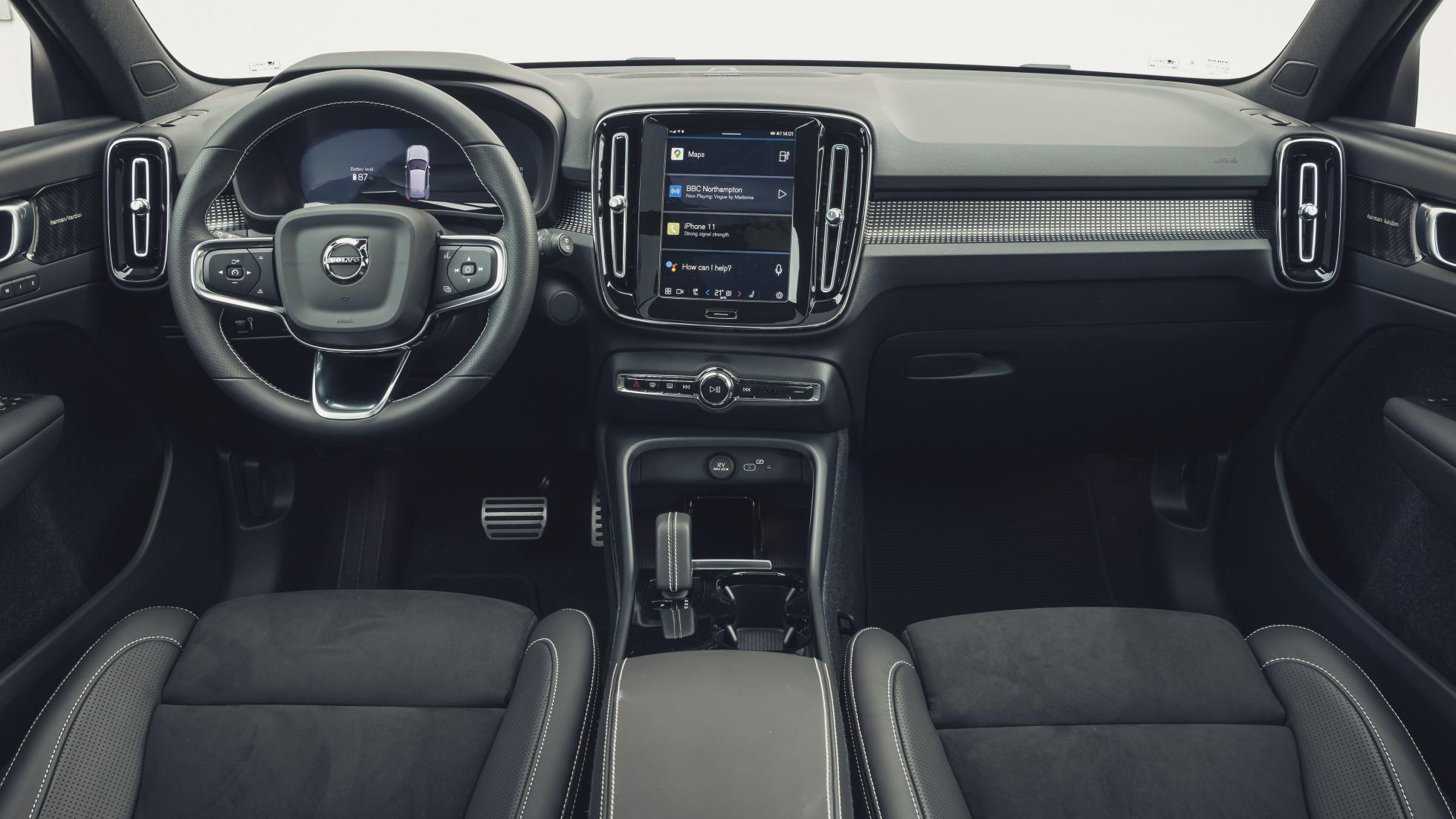
ON THE INSIDE - Layout, finish and space
The P8 takes the opportunity to gently advance the XC40’s cabin architecture. There’s a crisp new 12.3in high resolution digital display, with wonderfully soothing graphics and a configurable set-up (you can choose to have the navigation dominate). Oddly, rather than displaying range all we had was a percentage countdown for the battery (an interesting way of obviating range anxiety, perhaps, and of course it’s what we’re all used to on our smartphones). Meanwhile, the central display – with its configurable tiles – is now much easier to operate than its clever but occasionally irksome v1 incarnation. It’s also the first Volvo to use an Android-based infotainment system developed with Google, which includes Google Maps, the Google Play Store, and Google assistant (it’s voice activated and it works brilliantly – this is a first in my humble experience). You can sign in to your, yes, Google account to personalise everything, set up Spotify or navigate with Waze if that’s your preference. There’s extra Volvo On Call functionality: the cabin can be pre-heated or cooled, and the navigation shows charging points and can plan your route accordingly.
The seats are typically Volvo good, although the driving position feels a little on the lofty side, and the seat doesn’t drop low enough. There’s enough rear legroom for six foot three inch me to sit behind my front seat setting, and there’s ample interior storage space. Our car had some pleasing techy looking trim on the dash and door trims, with some slightly less pleasing fuzzy felt on the doors further down (along with unexpectedly brittle feeling plastics). It’s no doubt sustainable, and made from recyclable Viking beard or something. And there’s a fold-out curry hook.
Nor has the electric conversion denuded the XC40 of its luggage toting ability. It has 413 litres of boot space, 47 less than the standard car, but gains an extra bit of storage in the form of a 31-litre frunk.
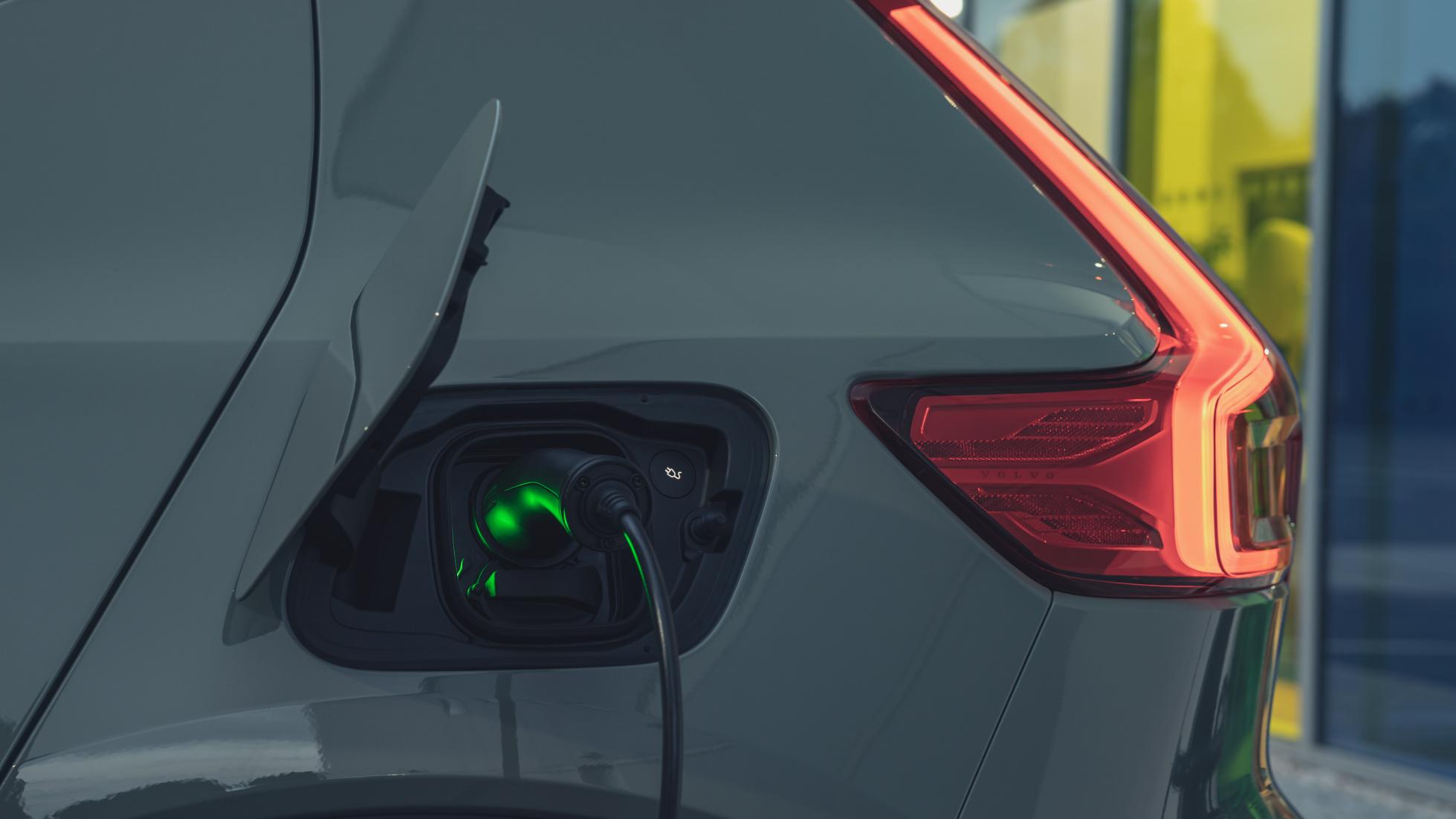
OWNING - Running costs and reliability
The P8 Recharge First Edition costs, erm, £59,985 but, a slightly sheepish-sounding Volvo quickly adds, it ‘has almost every possible piece of equipment fitted as standard’. That price lifts it well clear of qualifying for the government’s low emission car grant (£3000, but only on cars costing less than £50k), and into the middle of XC90 territory. So the littlest Volvo SUV is doing (virtual) showroom battle with the most premium. The standard car still costs £53,155, but a cheaper single motor version is incoming.As with all EVs, a heavy right foot and sustained motorway driving will drain the battery in no time. But our admittedly brief mixed route test drive – and experience with the identically powered Polestar 2 – suggests that the XC40 P8’s 260-mile range is realistic. Find a 150kW rapid charger if you can, or do it overnight at home at a more leisurely pace.
The most important thing is that the P8 has more than enough range to cope with the sort of journeys the majority of us do. Just restrain yourself from hoofing it too often.
Company car drivers pay nothing in benefit-in-kind in the 2020/21 tax year, rising to 1 per cent after that. PCP/PCH costs are yet to be confirmed.
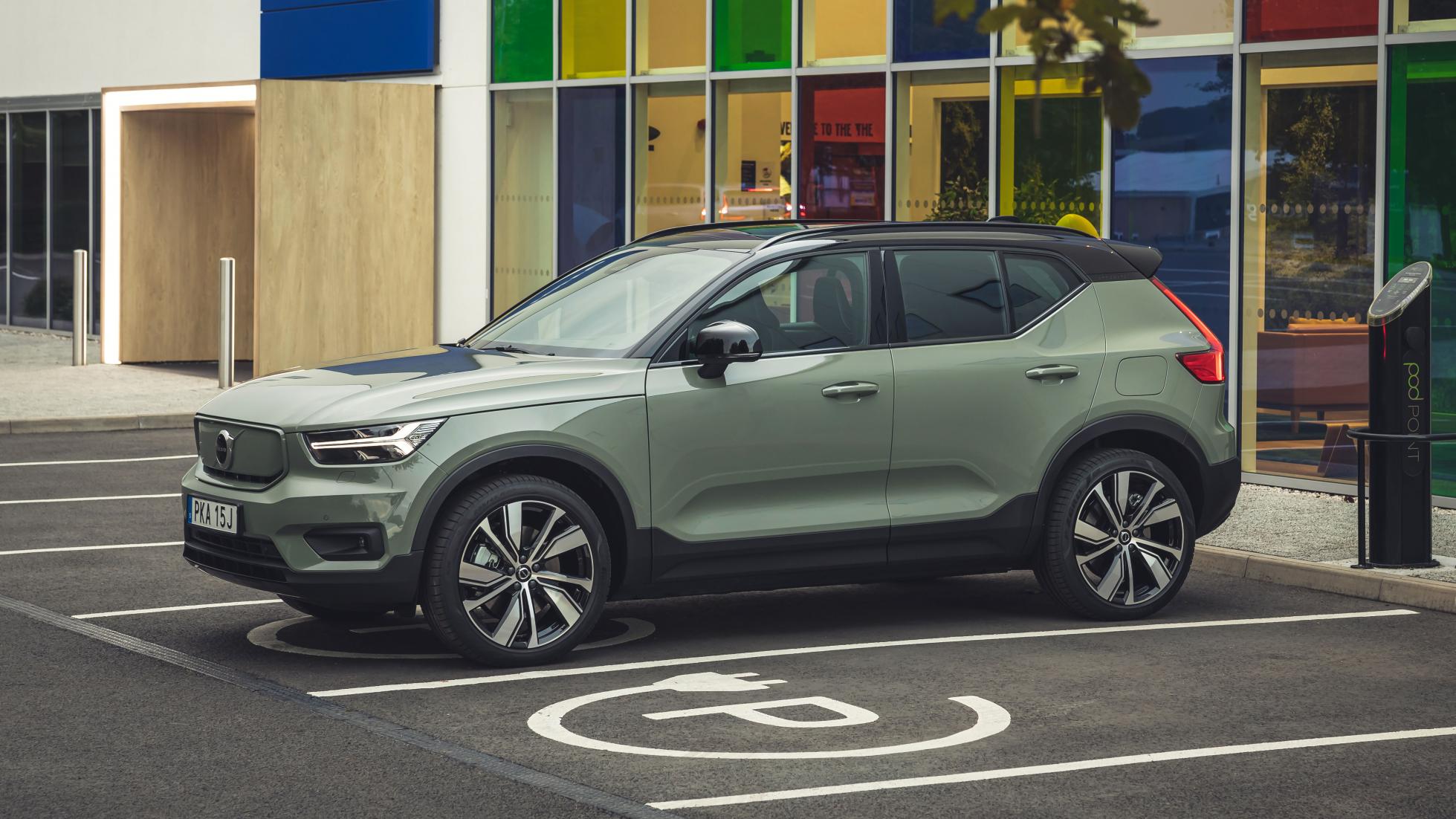
VERDICT
We loved the XC40 from the get-go but had a few reservations about the powertrains. Not any more. In battery-electric guise the XC40’s worthier attributes – the thoughtful packaging, sense of well-being and design – are augmented by a remarkable new turn of speed and handling smarts. Like the Tesla Model 3 (and related Polestar 2), the XC40 P8 makes an almost irresistible case for electrification.
Yes, the First Edition is expensive, but it’s loaded to the gunwhales with kit and has enough pace and balance on a good road to keep much more overtly sporting cars honest.
Whisper it, but the P8 could be one of 2020’s star cars. At last, the year to forget springs a pleasant surprise…
Words: Jason Barlow
What we have here is nothing less than the most dynamically capable Volvo ever. Seriously.
| FOR | AGAINST |
| Design, build quality, performance, handling and ride | First Edition is pricey for a ‘small’ SUV, some elements of the interior trim feel a touch low-rent |
| SCORE | 9/10 |

